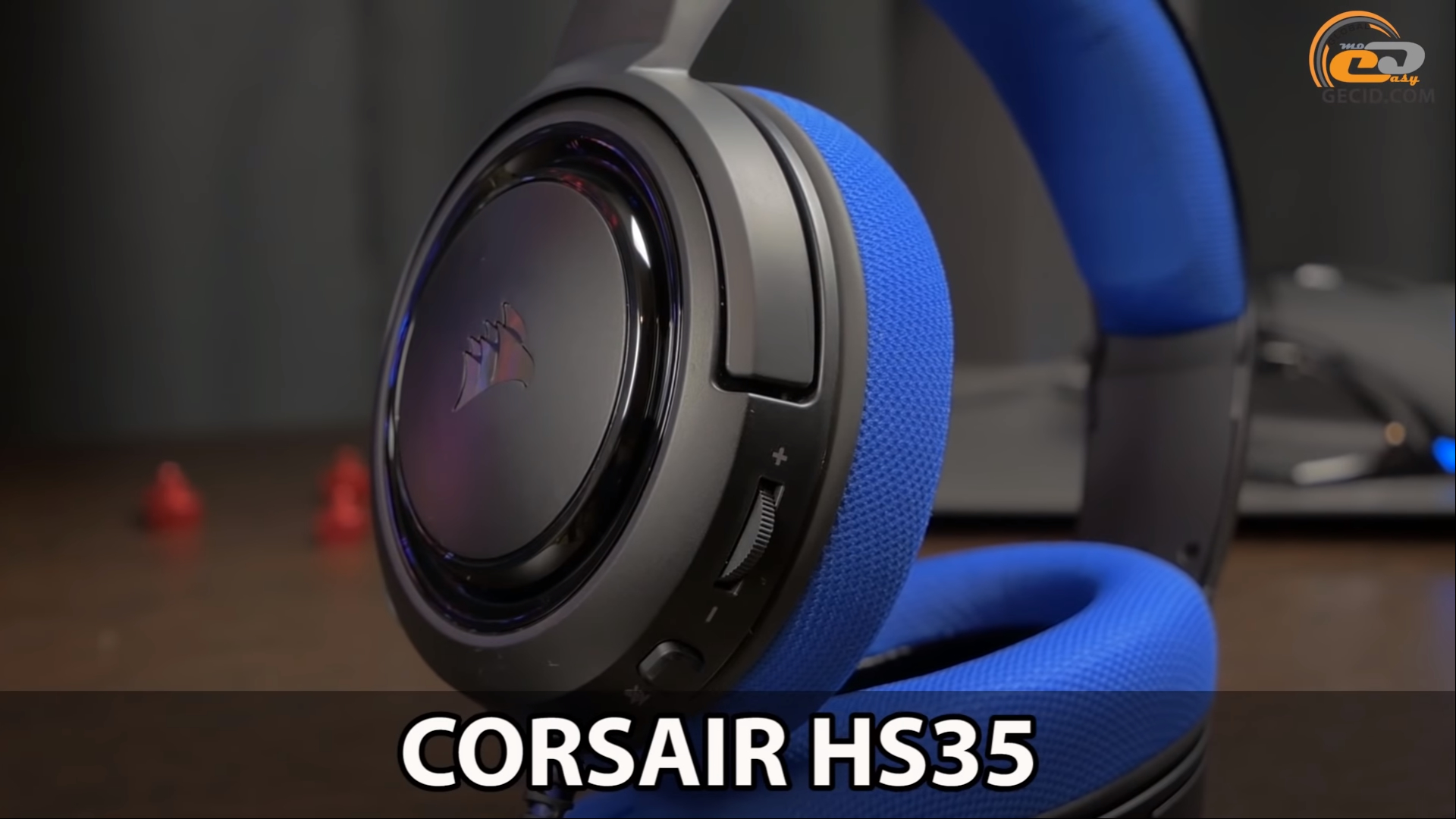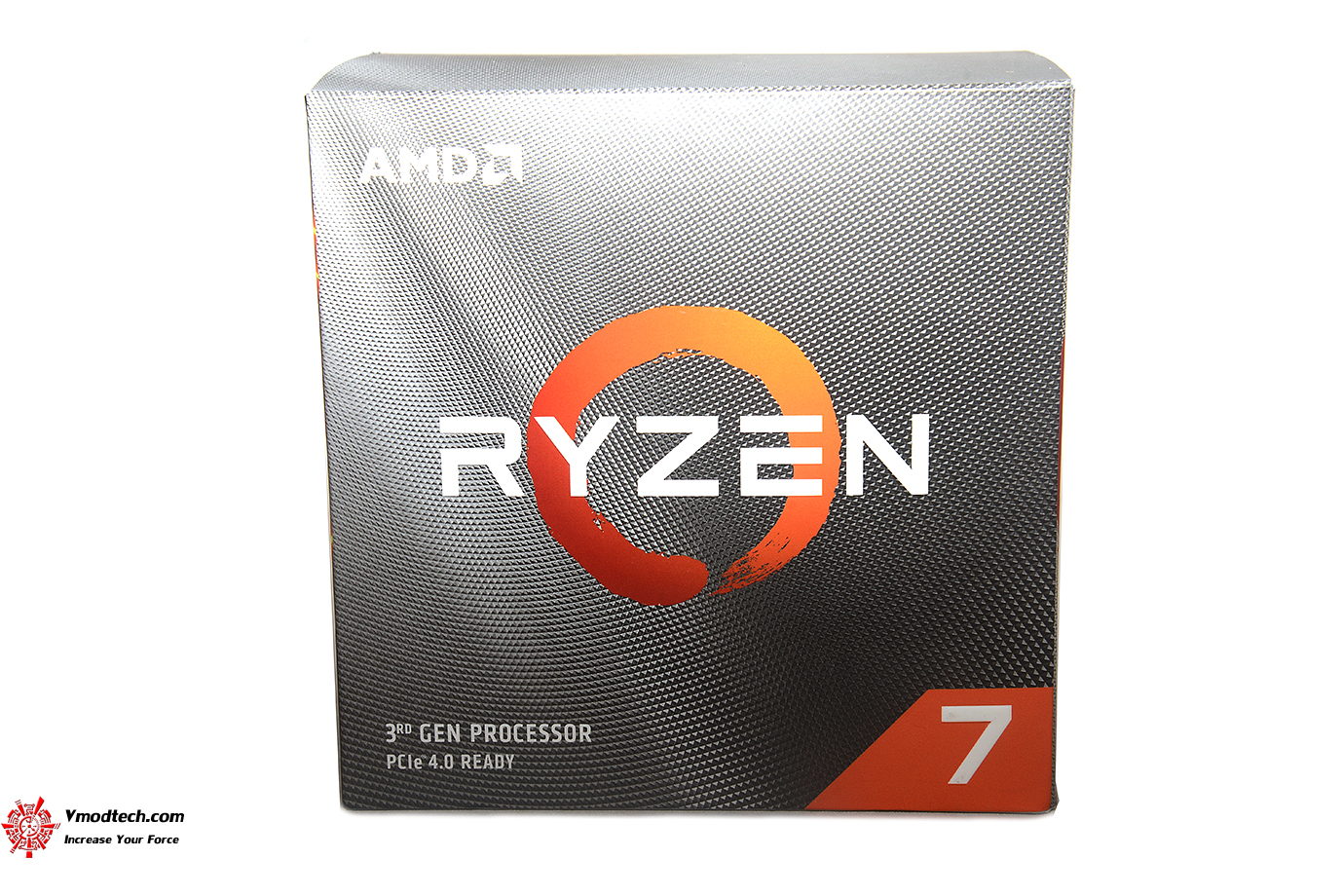

The company can build socket AM4 Ryzen processors with one or two of these chiplets to achieve up to 16 cores or drop up to eight of these on an SP3r2/TR4 package to achieve up to 64 cores. AMD is contracting TSMC to build its 7 nm wares, and it would want to minimize its silicon design to the smallest indivisible unit, an 8-core "Zen 2" chiplet. The reasons for not building a monolithic 16-core die on 7 nm are economic. Two 8-core CPU complex dies talk to an I/O controller die over Infinity Fabric, which has the processor's dual-channel memory interface and PCI-Express root complex.

With its 3rd generation Ryzen processors, AMD takes a similar approach.
#AMD RYZEN 7 3700X FULL#
The company fixed these with its 2nd generation EPYC processors, in which all dies with CPU cores talk to a centralized I/O controller die that has a monolithic memory controller, thereby making it possible for a CPU core to have the full bus width of the memory interface. With its first EPYC and Ryzen Threadripper processors, particularly the high core count WX models, AMD ran into several structural problems with memory bandwidth sharing between the CPU cores. They're dissimilar in that there's a second kind of die, the I/O controller. They're similar in that the CPU cores are spread across two separate dies. Such high core counts are possibly not only due to the switch to 7 nm, but also because AMD has taken the multi-chip module (MCM) approach to building these processors, which are both similar and dissimilar to the Ryzen Threadripper. The Ryzen 9 3950X, which will join the product stack this fall, is a 16-core/32-thread monstrosity priced at $750, while retaining its mainstream desktop credentials. The Ryzen 9 3900X is a 12-core/24-thread processor, a 50% increase in core-counts right off the bat against the Core i9-9900K. We hence have the Ryzen 9 3900X and the upcoming 3950X.
#AMD RYZEN 7 3700X SERIES#
AMD created the new Ryzen 9 series to match the Core i9 LGA1151 at price and IPC, while beating it at core counts. Intel gave its coveted Core i9 brand-extension to its 8-core LGA1151 processor. AMD's response is not only matching the 9th generation Core at IPC, but also restoring AMD's competitiveness by increasing core counts, at least in the high-end. With the 9th generation Core, Intel achieved core-count parity. Intel responded to previous generations of Ryzen processors by increasing core counts of its mainstream-desktop processors for the first time in a decade. While Intel led AMD at IPC, AMD led Intel at CPU core count. This would be the first time in over 15 years that AMD beat Intel at IPC.
#AMD RYZEN 7 3700X FREE#
With Intel's upcoming 10 nm "Ice Lake" processors arriving no sooner than 2020 for the desktop platform, AMD is eyeing a free rein on the market for a good three quarters by releasing "Zen 2" with the idea of toppling Intel's 9th generation Core processors at every price point.Īt the heart of AMD's effort is the "Zen 2" microarchitecture, which sets out to match or exceed the IPC of Intel's latest "Coffee Lake" microarchitecture. What's common between the two is the 7 nanometer silicon fabrication process they're built on, which is significantly more advanced than the 14 nm process Intel has been stuck with. Today, AMD is not only launching its 3rd generation Ryzen processors, but also its Radeon RX 5700 "Navi" graphics cards. Fast forward to mid-2019 and AMD is in the thick of things.

Intel fought back with the 9th generation Core processors, but pricing and supply issues in the desktop retail channel pushed sales to AMD. Wafer supply woes causing price hikes shielded AMD from Intel's 8th generation Core. Something as simple as a 4% IPC uplift from AMD for its 2nd generation "Zen+" processors was met with cheers as Intel began waking up to the reality of a resurgent AMD. The company surprised everyone with its "Zen" desktop family because expectations from AMD on the processor front had faded due to a decade of Intel's unchallenged market dominance and its eventual stagnation in per-core performance growth over the past few years. AMD today released its 3rd generation Ryzen desktop processor family based on its "Zen 2" microarchitecture.


 0 kommentar(er)
0 kommentar(er)
